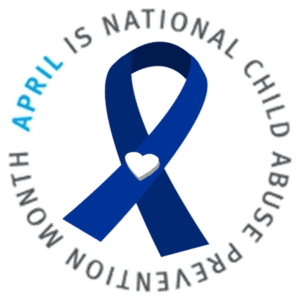

By many professionals in child welfare agencies, child sex trafficking is seen as an extreme case of child sexual abuse. A growing number of persons under the age of 18 are at high risk of exploitation and trafficking if they have gone through child welfare systems.
Children and youth become involved with the child welfare system due to abuse, neglect, homelessness, or because they have run away. These children and youth may intersect with foster care, group homes, child protective services, or the juvenile justice system. Apart from that, these child welfare systems can also help the children who have been abused, whether mentally or physically, and who are usually in great need to refer a therapist from pediatric developmental health care similar to Kinspire. The reason is most of these children might be suffering from trauma because of what happened to them in their childhood. They might need emotional support and someone to talk about their feelings. Also, the Administration on Children, Youth and Families, (ACYF), within the U.S. Department of Health and Human Services (HHS) Administration for Children and Families, (ACF), reports that 50% to more than 90% of children and youth victims of child sex trafficking had been involved with child welfare services.
Here are some of the red flags associated with child sex trafficking, especially domestic sex trafficking within the United States. If you see these red flags and suspect child sex trafficking, please report your concerns to the National Human Trafficking Hotline 1-888-373-7888 or text INFO or HELP to BeFree (233733).


Red Flags of Child Sex Trafficking
- Unexplained absences from school for a period of time
- Chronic running away from home or foster care
- Inappropriately dressed for age and/or weather
- Engaged in sexual situations or behaviors beyond age-specific norms
- Has a noticeably older “boyfriend” (i.e., 10+ years, 15 years old child with 25-30 year old boyfriend)
- Frequent travel to other cities, living in a hotel, has hotel keycards or business card
- Expensive gifts, clothing, having more than one cell phone
- Suspicious jewelry and/or tattoo branding child or showing ownership (“Daddy’s Lil Girl”, barcode)
- Child may not be biological child of “parent” in the home – are they “working for aunt or uncle”?
- Child responsible for child care, elder care, or cleaning – may be often hidden as “chores”
Sources used:
